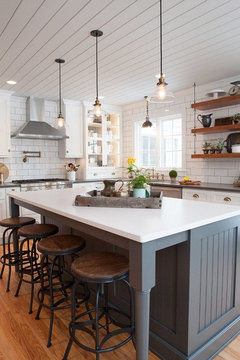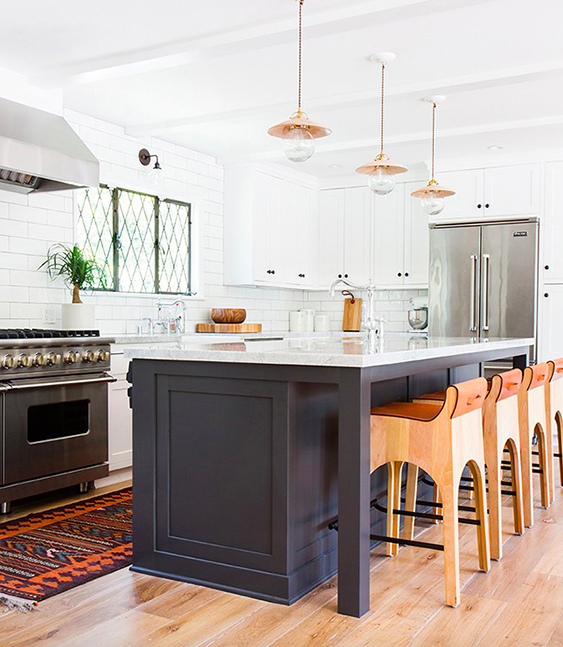Kitchen Island Legs: Enhance Your Kitchen with Strong Support
Kitchen Island Legs: Enhance Your Kitchen with Strong Support
Blog Article
Important Tips for Selecting the Perfect Dining Table for Your Kitchen Area
Choosing the perfect dining table for your kitchen area is even more than simply an issue of taste; it necessitates a thorough understanding of your room and requirements. The shape of the table plays an essential role; while rectangle-shaped tables match bigger locations, rounded ones foster affection, and extendable choices supply versatility. The table should balance with your kitchen's appearances and accommodate your family members comfortably.
Procedure Your Room
Selecting the suitable dining table starts with a careful evaluation of your offered room. This foundational action makes certain that the table not just fits easily within the area yet also enhances the general format and capability of your dining area.
Think about the circulation of movement around the table. It is vital to leave sufficient space for chairs to be drawn out and for individuals to move around the table without obstruction. A general guideline is to enable at the very least 36 inches of clearance from the side of the table to the nearest wall or furniture piece. This makes sure ease of accessibility and comfort during dishes.
Additionally, believe about the number of people you usually captivate and whether you need extra space for guests. Choosing an extendable table can offer adaptability, enabling you to accommodate varying varieties of restaurants. By properly gauging your space, you prepared for selecting a dining table that boosts both the aesthetics and functionality of your eating location.
Pick the Right Forming

On the various other hand, round tables are outstanding for smaller sized cooking areas or intimate gatherings, as they advertise discussion by allowing everybody to face each other. They likewise give a sense of coziness and can fit well in tighter areas due to their lack of sharp corners. Oval tables provide the very best of both worlds, combining the size of rectangle-shaped tables with the intimacy of round ones, making them flexible for numerous setups.
Square tables are one more alternative, specifically fit for square-shaped rooms. They produce a modern-day and balanced appearance, fostering an equivalent dining experience for all seated.
Product Considerations
When choosing an eating table, material considerations are extremely important in identifying the table's sturdiness, maintenance requirements, and total aesthetic. Timber is a traditional choice, providing timeless charm and toughness.
Glass-topped tables supply a modern-day, streamlined look and can make an area appear bigger as a result of their transparency. They call for frequent cleansing to avoid fingerprints and spots. Furthermore, tempered glass is suggested for its additional strength and safety.

Lastly, composite materials like MDF (Medium-Density Fiber board) or plywood are economical alternatives. These products can mimic the look of solid timber however may not supply the very same long life. They are typically less complicated to clean but can be at risk to water damages otherwise properly secured.
Eventually, the option of material should align with your kitchen area's style, your way of life requires, and your budget restraints. (kitchen island legs)
Seats Capacity and Comfort
Just how do you figure out the right seating capacity and comfort for your table? This vital action involves analyzing both the physical area readily available in your kitchen and your household's functional requirements. Begin by determining your kitchen area to make certain the table fits pleasantly, enabling at least 36 inches of clearance around it for simple movement. Think about the variety of people that go right here commonly eat with each other, as this will certainly affect the table size. For a household of four, a rectangular table of 48 inches long or a round table with a 48-inch diameter is normally sufficient.
Comfort is similarly important. The height of the table must ideally be around 30 inches, offering a well balanced ergonomic stance for seated restaurants. Chairs should sit elevation of 18 to 20 inches to make certain a comfy eating position. Furthermore, think about the chair layout; upholstered seats and helpful back-rests can improve dining convenience substantially, particularly during long term dishes.
Style and Aesthetic Appeal
Choosing a dining table that fits your design and appearance involves balancing personal taste with the existing design of your eating space. The dining table is commonly the focal point of the cooking area, and its style should enhance the total theme of the room. Whether your cooking area flaunts a modern-day, minimalist look or a rustic, farmhouse charm, the table you choose should integrate with these aspects to create a cohesive and welcoming ambience.
Take into consideration products carefully; wood offers a timeless charm and can vary from abundant mahogany for a standard want to lighter oak for a modern feel. Metal and glass tables, on the other hand, can introduce a streamlined, commercial edge to your cooking area. Don't ignore the table's form-- rectangle-shaped tables are classic and functional, while round and oval options can promote a more intimate dining experience.
Additionally, pay close focus to details and coatings. A distressed surface could add personality and heat, whereas a glossy surface area can add to a tidy, contemporary aesthetic. Inevitably, your dining table should not only healthy seamlessly into your kitchen's design however likewise reflect your individual style, boosting the room both functionally and visually.
Verdict
To conclude, choosing the suitable eating table for a kitchen requires cautious assessment of space, shape, material, seating capability, and visual harmony. Guaranteeing a minimum clearance of 36 inches facilitates comfy motion, while the selection of form improves spatial Extra resources characteristics. Material option impacts sturdiness and style, making it critical to align with the kitchen's general visual. Inevitably, a well-chosen table fosters an inviting environment and fits the family easily, hence enhancing the dining experience.

When selecting an eating table, product factors to consider are vital in identifying the table's longevity, upkeep demands, and total aesthetic. For a household of 4, a rectangular table of 48 inches long or a round table with a 48-inch diameter is normally sufficient.
Do not ignore the table's form-- rectangle-shaped tables are versatile and timeless, while round and oblong alternatives can cultivate a much more intimate dining experience. kitchen island legs.
Report this page